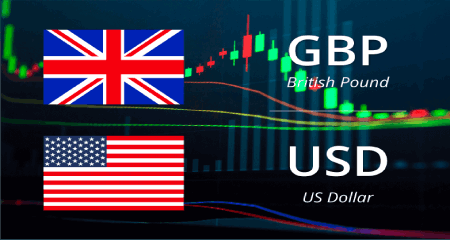
GBP/USD came under intense selling pressure on Tuesday
The GBP/USD pair remained under intense selling pressure through the early North American session and dived to the 1.1965-1.1960 area, or a three-week low. The US dollar caught aggressive bids on Tuesday and rallied to a fresh two-decade high, which, in turn, was seen as a key factor that exerted heavy downward pressure on the GBP/USD pair. The Federal Reserve’s non-stop chatter about rate hikes to curb soaring inflation continued lending support to the USD. Apart from this, the prevalent risk-off environment provided an additional boost to the safe-haven greenback.
The market sentiment remains fragile amid concerns that rapidly rising interest rates and tightening financial conditions would pose challenges to global economic growth. Apart from this, the ongoing Russia-Ukraine war and the COVID-19 outbreak in China have been fueling recession fears. This, in turn, tempered investors' appetite for perceived riskier assets, which was evident from a fresh leg down in the equity markets.
The British pound was further pressured by domestic issues and worried that the UK government's controversial Northern Ireland Protocol Bill could trigger a trade war with the European Union. Apart from this, expectations that the Bank of England would adopt a gradual approach towards raising interest rates amid the ongoing cost of living crisis further contributed to the GBP/USD pair's steep decline. The sharp intraday downfall took along some short-term trading stops near the 1.2000 psychological mark. This might have already set the stage for a further near-term depreciating move. Some follow-through selling below the YTD low, around the 1.1935-1.1930 region, would reaffirm the negative bias and make the GBP/USD vulnerable.
The British pound was further pressured by domestic issues and worried that the UK government's controversial Northern Ireland Protocol Bill could trigger a trade war with the European Union. Apart from this, expectations that the Bank of England would adopt a gradual approach towards raising interest rates amid the ongoing cost of living crisis further contributed to the GBP/USD pair's steep decline. The sharp intraday downfall took along some short-term trading stops near the 1.2000 psychological mark. This might have already set the stage for a further near-term depreciating move. Some follow-through selling below the YTD low, around the 1.1935-1.1930 region, would reaffirm the negative bias and make the GBP/USD vulnerable.
